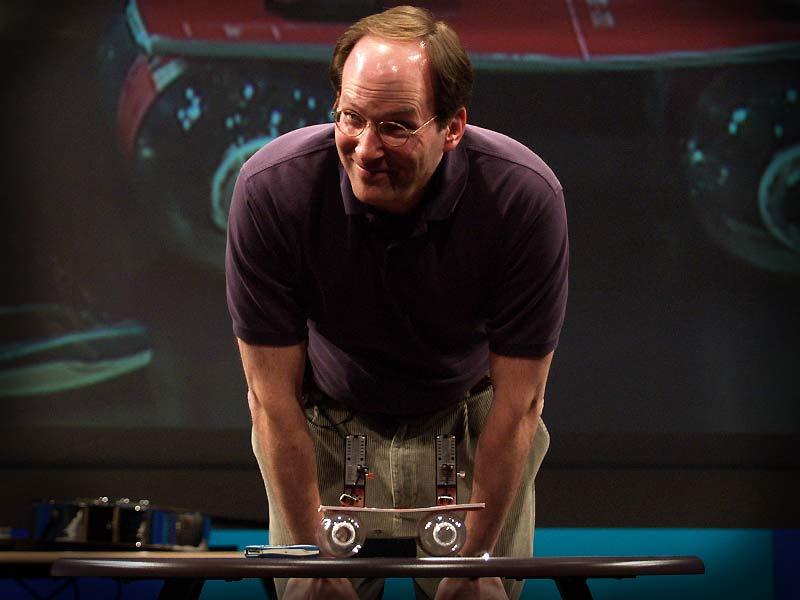

This enigma bedevils all of science today.

Yet all around us we see magnificent structures-galaxies, cells, ecosystems, human beings-that have somehow managed to assemble themselves. The laws of thermodynamics seem to dictate the opposite, that nature should inexorably degenerate toward a state of greater disorder, greater entropy. In every case, these feats of synchrony occur spontaneously, almost as if nature has an eerie yearning for order.Īnd that raises a profound mystery: Scientists have long been baffled by the existence of spontaneous order in the universe. Even our bodies are symphonies of rhythm, kept alive by the relentless, coordinated firing of thousands of pacemaker cells in our hearts. In the solar system, gravitational synchrony can eject huge boulders out of the asteroid belt and toward Earth the cataclysmic impact of one such meteor is thought to have killed the dinosaurs. Trillions of electrons march in lockstep in a superconductor, enabling electricity to flow through it with zero resistance. Every night along the tidal rivers of Malaysia, thousands of fireflies congregate in the mangroves and flash in unison, without any leader or cue from the environment.

It pervades nature at every scale from the nucleus to the cosmos. Read ExcerptĪ T THE HEART OF THE UNIVERSE IS a steady, insistent beat: the sound of cycles in sync. Engagingly written for readers of books such as Chaos and The Elegant Universe, Sync is a tour-de-force of nonfiction writing. From underground caves in Texas where a French scientist spent six months alone tracking his sleep-wake cycle, to the home of a Dutch physicist who in 1665 discovered two of his pendulum clocks swinging in perfect time, this fascinating book spans disciplines, continents, and centuries. Synchrony is a science in its infancy, and Strogatz is a pioneer in this new frontier in which mathematicians and physicists attempt to pinpoint just how spontaneous order emerges from chaos. While the forces that synchronize the flashing of fireflies may seem to have nothing to do with our heart cells, there is in fact a deep connection. Along the tidal rivers of Malaysia, thousands of fireflies congregate and flash in unison the moon spins in perfect resonance with its orbit around the earth our hearts depend on the synchronous firing of ten thousand pacemaker cells.

At the heart of the universe is a steady, insistent beat, the sound of cycles in sync.


 0 kommentar(er)
0 kommentar(er)
